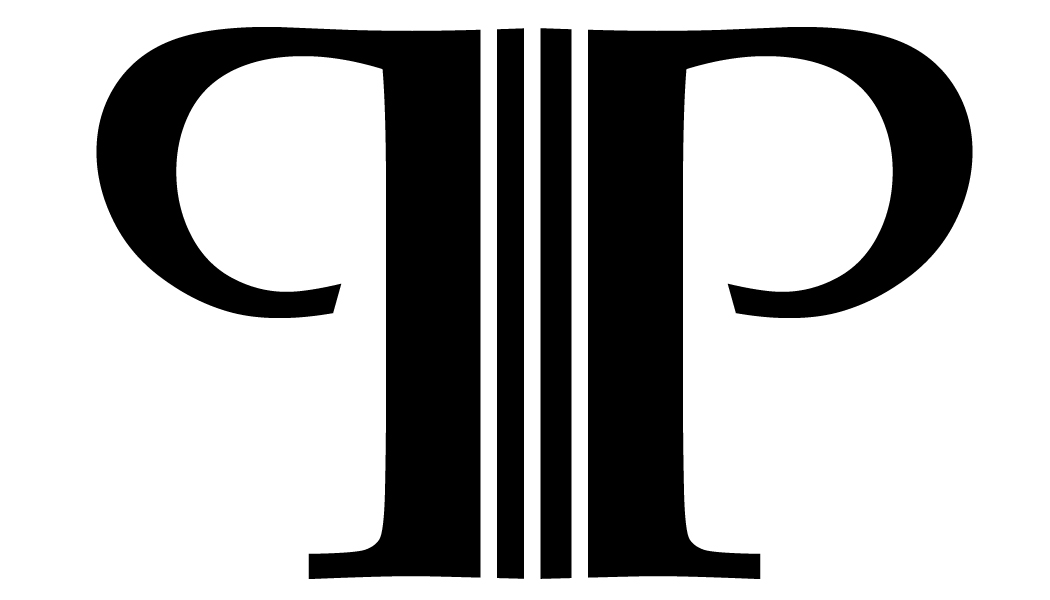In my studio I spend an inordinate amount of time turned to face my students so that I can not only hear but watch them play. I’m looking for correct body posture, hand position, relaxed muscles and the all-important breathing. It seems counter to logic but it is amazing how many people forget to breathe when playing. I find I need to give a little elbow nudge once in a while, often eliciting a quick, full breath not unlike a snorting snore sound. Mainly I’m looking to be sure that players are at ease, that their bodies are as comfortable as they can be in the middle of an intellectual and athletic task. That can all fall under the umbrella of “correctness.” I’m looking to see that they are playing “correctly”.
One of my teenage students whom I have been working with since he was in grade school and is now in early high school came to a lesson the other day. He took out his cello, set everything up, tuned and proceeded to put the cello slightly out of his lap. I sat down, arranged his notebook, took a drink of water and gestured for him to pull the cello up higher into the “correct” position. Each time, each week this happened and all was well in our world.
Only this week he balked. Call it hormones, call it defiance or call it bravery but he balked at my wordless signal. So, being a genius, I changed the signal from wordless to verbal. Balk number two. This time he turned toward me and asked “why?”
It seemed simple enough to explain; if the cello is sitting too low in your lap, your hands are not going to reach the upper positions easily, and the soundpoint of your bow will want to fall too close to the fingerboard. Traditionally, depending on the cellist, the C peg should sit somewhere on an arc that begins at the back of the base of your neck and ends somewhere behind your left ear. I even finished that explanation with a tiny flourish- it was that simple!
Again….”Why?”- only this time he showed me that, although the cello sat lower on his body, the peg fell on this arc and he felt he could reach the upper positions quite easily. And this was comfortable for him anatomically.
I defaulted back to hand signals, he brought it up slightly and we finished the lesson.
However, the lesson stuck with me and presented a dilemma: what if “correct” could be subjective based on a person’s anatomy, or even personal preference? In the “correct” methodology is there still room for uniqueness? No one argues with the brilliance of Yo-Yo Ma but not everyone agrees with his hand positions.
It made me think about how change can come about if we don’t ever allow things to change, or at least bend.
I would like to be the person who listens to what people have to say. To not feel that I have every answer to every question and to be respectful of our differences as well as our similarities. Perhaps a young cellist can show us a new path.
When Emmett came back the following week he took out his cello, set everything up, tuned and, before positioning his cello, looked over at me. I sat down, arranged his notebook, took a drink of water and looked right back at him. We began a dialogue about “why.”
And for now, his cello is not too high, not too low- but just right - for him.
Melissa Perley
